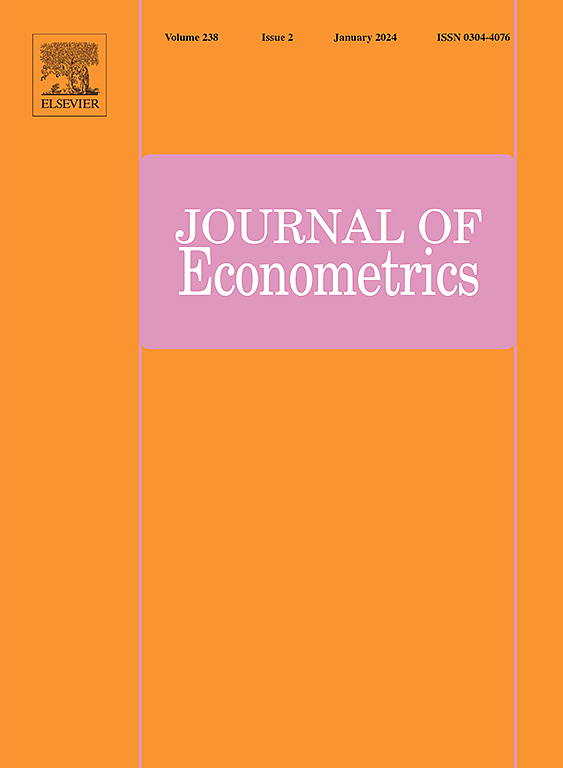阈值策略设计中的后悔分析
IF 4
3区 经济学
Q1 ECONOMICS
引用次数: 0
摘要
阈值策略是基于可观察特征是否超过某个阈值来分配处理的决策规则。它们广泛存在于多个领域,包括福利计划、税收和临床医学。本文研究了以人口福利最大化为目标时,使用实验数据设计阈值政策的问题。首先,我描述了文献中流行的实证福利最大化(EWM)政策的后悔——政策最优性的衡量标准。接下来,我介绍了平滑福利最大化(SWM)策略,该策略在额外的平滑条件下提高了EWM的遗憾收敛率。通过研究两种策略的遗憾依赖于总体分布的差异,并通过蒙特卡洛模拟调查它们的有限样本性能,对这两种策略进行了比较。在许多情况下,SWM政策比EWM保证更大的福利。实证说明了这两项政策的治疗建议在实践中可能会有所不同。本文章由计算机程序翻译,如有差异,请以英文原文为准。
Regret analysis in threshold policy design
Threshold policies are decision rules that assign treatments based on whether an observable characteristic exceeds a certain threshold. They are widespread across multiple domains, including welfare programs, taxation, and clinical medicine. This paper examines the problem of designing threshold policies using experimental data, when the goal is to maximize the population welfare. First, I characterize the regret – a measure of policy optimality – of the Empirical Welfare Maximizer (EWM) policy, popular in the literature. Next, I introduce the Smoothed Welfare Maximizer (SWM) policy, which improves the EWM’s regret convergence rate under an additional smoothness condition. The two policies are compared by studying how differently their regrets depend on the population distribution, and investigating their finite sample performances through Monte Carlo simulations. In many contexts, the SWM policy guarantees larger welfare than the EWM. An empirical illustration demonstrates how the treatment recommendations of the two policies may differ in practice.
求助全文
通过发布文献求助,成功后即可免费获取论文全文。
去求助
来源期刊

Journal of Econometrics
社会科学-数学跨学科应用
CiteScore
8.60
自引率
1.60%
发文量
220
审稿时长
3-8 weeks
期刊介绍:
The Journal of Econometrics serves as an outlet for important, high quality, new research in both theoretical and applied econometrics. The scope of the Journal includes papers dealing with identification, estimation, testing, decision, and prediction issues encountered in economic research. Classical Bayesian statistics, and machine learning methods, are decidedly within the range of the Journal''s interests. The Annals of Econometrics is a supplement to the Journal of Econometrics.
 求助内容:
求助内容: 应助结果提醒方式:
应助结果提醒方式:


